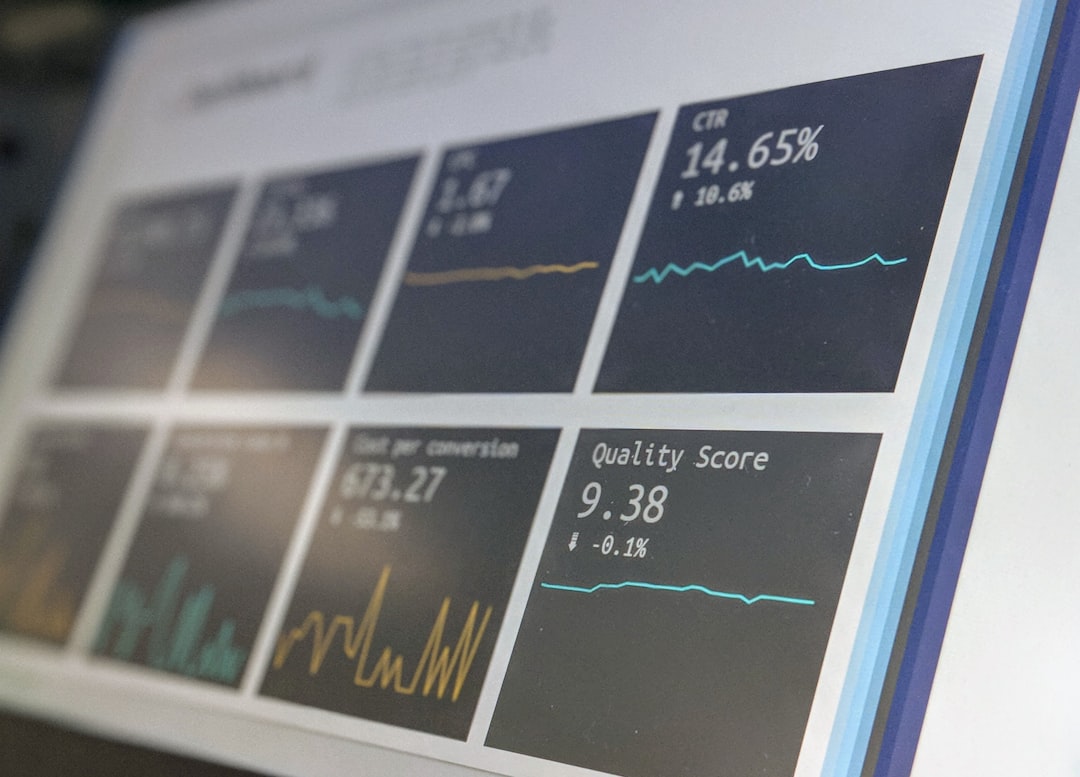In today’s fast-paced digital economy, pricing is no longer a static component of a business; it is a dynamic lever that can significantly influence growth, profitability, and customer trust. With global markets, digital channels, and ever-changing customer expectations, price management becomes complex. This complexity calls for accuracy, consistency, and agility—qualities made possible through the creation of a “One Source of Truth” (OSOT) for pricing. Combining robust technology with streamlined processes, businesses that establish a single, trusted repository for all pricing data can gain a critical competitive edge.
What is a “One Source of Truth” for Pricing?
A One Source of Truth for pricing refers to a centralized, consistently maintained, and universally accepted repository that houses all pricing-related data across an organization. From product costs and discounts to region-specific rates and promotional offers, this unified source ensures that everyone—from sales and marketing to finance and customer support—is working with the same, up-to-date information.
In the absence of an OSOT, organizations often find themselves grappling with:
- Disparate spreadsheets maintained by individual departments
- Conflicting pricing documents in email threads or local drives
- Inaccurate or outdated information reaching customers
- Manual approval processes that introduce delays and errors
By contrast, a well-implemented OSOT eliminates noise, harmonizes data, and drives more confident and consistent pricing decisions.
The Role of Technology
Technology plays a pivotal role in building and maintaining a One Source of Truth for pricing. A range of digital solutions can support this initiative, each serving specific functions:
1. Pricing Management Software
Modern pricing software acts as the backbone of OSOT architecture. These platforms allow companies to:
- Create dynamic pricing models that account for market variables
- Apply logic-based rules for pricing tiers and product bundles
- Automate updates across channels when pricing policies change
Leading platforms often integrate with ERP, CRM, and digital commerce systems, ensuring data consistency across the tech stack.
2. Data Integration Tools
Data integration ensures that the OSOT is automatically updated with critical inputs like:
- Raw material and production costs from ERP
- Competitive data feeds
- Exchange rates and tax regulations
APIs and ETL (Extract, Transform, Load) platforms allow companies to sync and reconcile price data across various departments and external sources.

3. Cloud-Based Repositories
Cloud solutions bring the advantage of scalability, real-time updates, and remote access. By hosting pricing logic and data in the cloud, companies avoid version control issues and can track historical changes over time. In addition, end-to-end encryption and user access controls maintain security and compliance.
Process Alignment: The Human Side of OSOT
While technology enables and accelerates an OSOT framework, people still play a central role. It takes cross-functional alignment and clearly defined processes to ensure that technology delivers intended benefits.
1. Governance and Ownership
For a pricing OSOT to succeed, companies must define clear ownership. Typically, this involves a pricing operations role or team responsible for maintaining and validating information, managing tools, and facilitating updates across departments.
2. Standardized Workflows
SOPs (Standard Operating Procedures) must be updated to reflect the new source of truth. These might include:
- Who approves new price lists?
- How are exception requests (e.g., special discounts) handled?
- How is the pricing OSOT updated following a cost change?
These workflows should be documented, repeatable, and built into the organization’s training programs.
3. Change Management
Adopting a pricing OSOT requires cultural shifts. Existing habits, decentralized decision-making, and mistrust in new systems can be barriers. A structured change management approach, including stakeholder engagement, training, and feedback loops, is essential to increase adoption and ensure long-term success.

Benefits of a Unified Pricing Source
When businesses successfully implement a One Source of Truth supported by technology and process standardization, a variety of benefits emerge:
- Consistency Across Channels: Pricing discrepancies between online platforms, brick-and-mortar stores, and partner networks are minimized.
- Faster Time-to-Market: With streamlined approvals and centralized updates, new products or campaigns can launch more quickly.
- Improved Profitability: By aligning pricing with cost inputs and market demand, companies optimize margins more effectively.
- Reduced Risk and Errors: Version control and automation eliminate manual data entry, reducing human errors and audit risks.
- Data-Driven Strategy: Centralized pricing data allows improved analytics for forecasting, segmentation, and scenario planning.
Common Challenges and How to Overcome Them
Despite its advantages, organizations may face hurdles when moving toward an OSOT structure:
- Resistance to Change: Employees used to autonomy in pricing may resist centralized control. Solution: Involve them early, show benefits, and offer training.
- Legacy Systems: Old ERP or sales tools may not support integration. Solution: Use middleware or APIs where possible, and budget for gradual system upgrades.
- Data Quality Issues: Outdated or inconsistent data can corrupt the source. Solution: Clean data before migration, install validation rules, and perform regular audits.
Ultimately, leadership commitment and cross-functional coordination are crucial for overcoming these challenges and embedding a new pricing culture.
Real-World Outcomes
Many leading enterprises have demonstrated substantial ROI from implementing a One Source of Truth for pricing. From decreasing quote turnaround time by 50%, to improving win rates through smarter discounting, the business case is clear. The ability to make confident, strategic decisions based on reliable pricing data pays dividends across every department.

As industries continue evolving and pricing becomes an even more strategic lever, investing in a unified, technology-enabled pricing framework is not just beneficial – it’s imperative.
Frequently Asked Questions
- What types of businesses benefit from a One Source of Truth for pricing?
- Any business with complex pricing structures—such as manufacturing, retail, technology, and logistics—can benefit. Even smaller firms gain advantages by improving consistency and speed.
- What systems should integrate with a pricing OSOT?
- Common integrations include ERP (for product and cost data), CRM (for customer segmentation and discounting), CPQ platforms (for quoting), and e-commerce systems for real-time updates.
- Is implementing a pricing OSOT expensive?
- Costs can vary depending on the scale and existing infrastructure. However, many businesses recoup the investment through process efficiencies, margin improvements, and reduced pricing errors.
- How long does it take to implement a One Source of Truth?
- Timelines vary, but smaller implementations might take 3–6 months, while enterprise-scale projects may require 9–18 months with phased rollouts.
- Can an OSOT accommodate dynamic pricing strategies?
- Yes. With the right tools, an OSOT can support AI-powered dynamic pricing, real-time updates based on demand, geography, or channel, and predictive forecasting.
